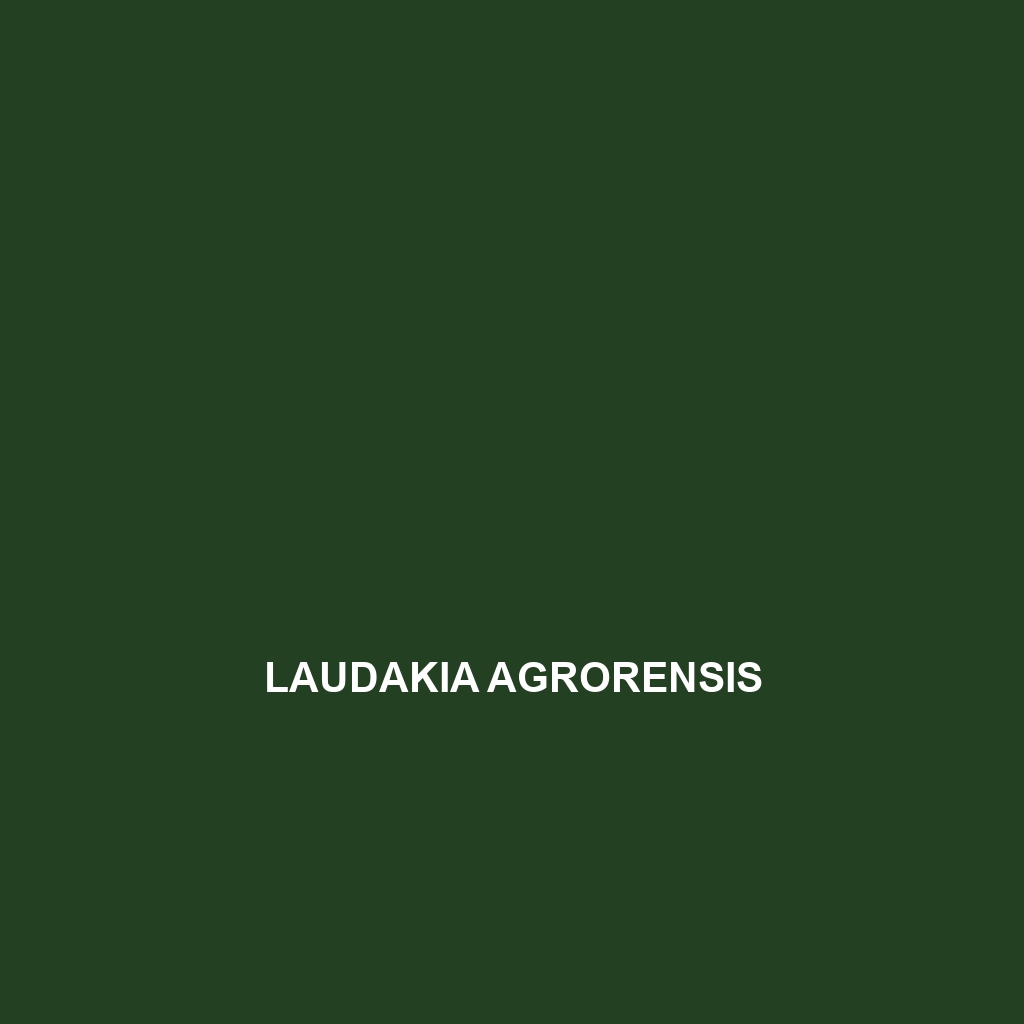Introducing the Liolaemus abdalai, a captivating lizard native to the arid Atacama Desert in central Chile. Measuring 12 to 15 centimeters in length, it boasts a robust build and a unique coloration that allows it to blend seamlessly into its rocky habitat while playing a vital role in the ecosystem as both predator and prey.
Tag: desert wildlife
Lerista desertorum
Introducing the Lerista desertorum, or desert skink, a resilient species thriving in Australia's arid sandy deserts and scrublands. With a streamlined body, excellent camouflage, and remarkable burrowing abilities, this nocturnal insectivore plays a vital role in regulating insect populations and maintaining ecological balance.
Laudakia agrorensis
Laudakia agrorensis, commonly known as the Agror lizard, is a diurnal omnivore found in the rugged mountain regions of Central Asia, exhibiting striking coloration and a robust body that aids in camouflage. This species thrives in arid habitats and is known for its climbing abilities, unique social behaviors, and role in controlling insect populations within its ecosystem.
Kinosternon sonoriense
Discover the Sonoran mud turtle (Kinosternon sonoriense), a unique species native to the arid regions of the southwestern United States and northwestern Mexico. Known for its smooth, olive-brown shell and aquatic adaptability, this omnivorous turtle plays a crucial role in maintaining ecological balance within its desert habitat.
Hypsiglena slevini
<b>Hypsiglena slevini</b>, commonly known as Slevin’s snake, is a nocturnal predator found in the arid environments of the southwestern United States and parts of Mexico, characterized by its slender body, distinct coloration, and ability to burrow for shelter. This species plays a vital role in its ecosystem by controlling populations of small mammals and insects.
Hypsiglena affinis
Discover the Arizona night snake (Hypsiglena affinis), a nocturnal species thriving in the Southwestern U.S. and Northern Mexico, characterized by its slender body, distinctive blotched coloration, and mild venom, playing a vital role in controlling insect populations and maintaining ecological balance.
Hemidactylus lavadeserticus
Discover the resilient Hemidactylus lavadeserticus, or desert gecko, known for its agile, slender body reaching 10 to 15 cm in length and its exceptional camouflage in sandy and rocky environments. This nocturnal insectivore plays a vital role in its ecosystem by controlling insect populations while showcasing fascinating behaviors like tail regeneration and territorial displays.
Gambelia wislizenii
<p><b>Gambelia wislizenii</b>, or the long-nosed leopard lizard, thrives in arid habitats across the southwestern United States, showcasing a flattened body with distinct camouflaged patterns and a remarkable agility that aids in escaping predators. As an insectivore, it plays a crucial role in its ecosystem by controlling insect populations while also serving as prey for larger species.</p>
Eryx somalicus
The Eryx somalicus, or Somali sand boa, is a robust and nocturnal snake found in arid regions of Somalia, Ethiopia, and Kenya, measuring 60 to 90 cm in length. Known for its distinctive light tan or yellow coloration with dark blotches, this carnivorous species primarily preys on small mammals and plays a crucial role in maintaining local ecosystem balance.
Eryx muelleri
Introducing the Eryx muelleri, commonly known as Mueller's sand boa—this small, stout snake thrives in the arid habitats of Africa, exhibiting remarkable adaptations such as nocturnal behavior and a camouflaging sandy coloration. A vital predator in its ecosystem, it preys on small mammals and birds, contributing to ecological balance while showcasing fascinating burrowing and constricting hunting techniques.









